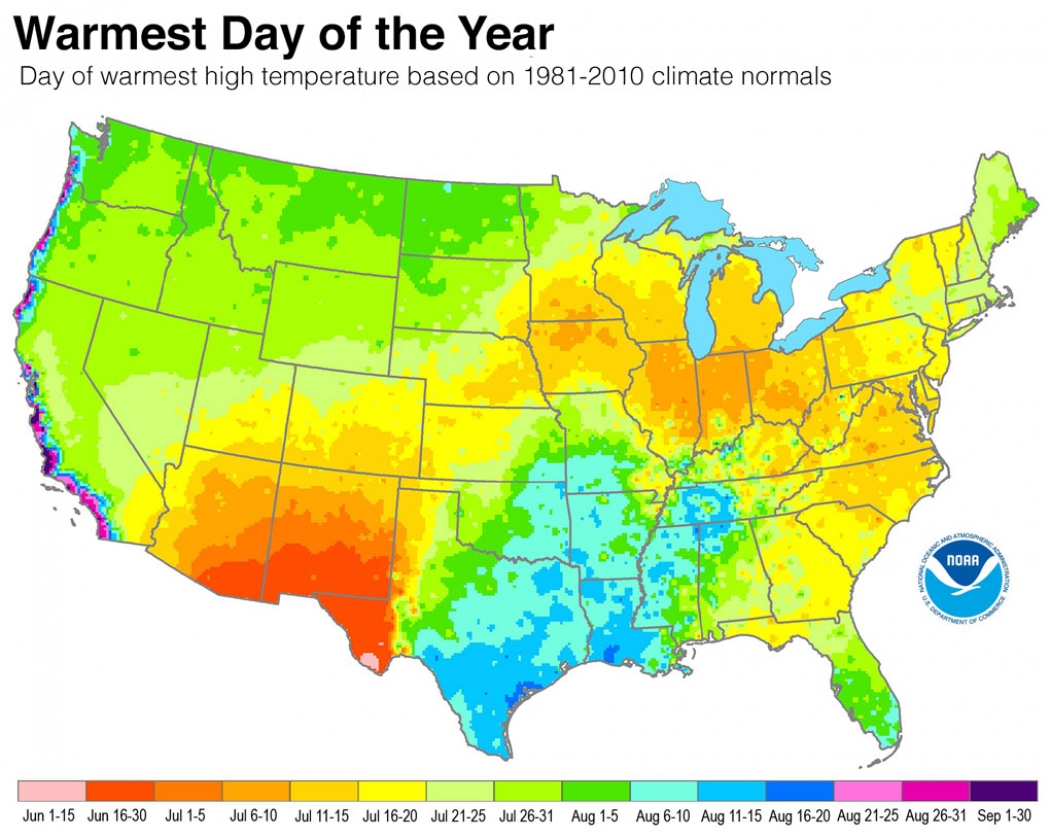

Heatmap tools use cold colors (green or blue) for website areas with minimum activity and warm colors (orange and red) for trendy elements. The more clicks the item gets, the “hotter” it becomes.
#Heat map vs click map software
For example, when a visitor views a particular element on the page, heatmap software records this. Such tools instantly process the obtained information and reflect it in a color-coded form. To get rid of a filter, click on Filter again and then click on the Clear button.Heatmap software collects the data on the patterns visitors use to interact with a web resource.If you filter down to fewer than 5 responses, you will get our insufficient responses message. Don’t forget about our minimum threshold.You can apply as many filters as you like but can only slice by one demographic at a time.The darker the blue, the higher the score. The colors mean something! The darker the red, the lower the score compared to the benchmark.For the Heat Map report to work, you must have a slice turned on.

If you select two (or more) options for a specific demographic, the report will display the combined results for each option selected.
#Heat map vs click map update
#Heat map vs click map full
To learn more about what each color means, click on the Full Scale link directly above the gradient bar at the top of the report.Ĭhart View works a little differently on the heatmap. The darker the blue, the higher the score is in comparison. The darker the red, the lower the score is compared to the benchmark. The Heat Map is color-coded to provide an easy, visual representation of how each demographic compares to the benchmark. To the right, is the selected benchmark and then each option under the chosen demographic. The Heat Map report will display each category in your survey in the far-left column. In the example below, we selected MarbleSpark, our organization. Then, click on the Compare To button and select your desired benchmark. When you first land on the Heat Map report, you will be prompted to select a demographic (unless you already have a slice turned on).Ĭlick on the Select a demographic drop-down list and choose the option by which you want to slice.


 0 kommentar(er)
0 kommentar(er)
